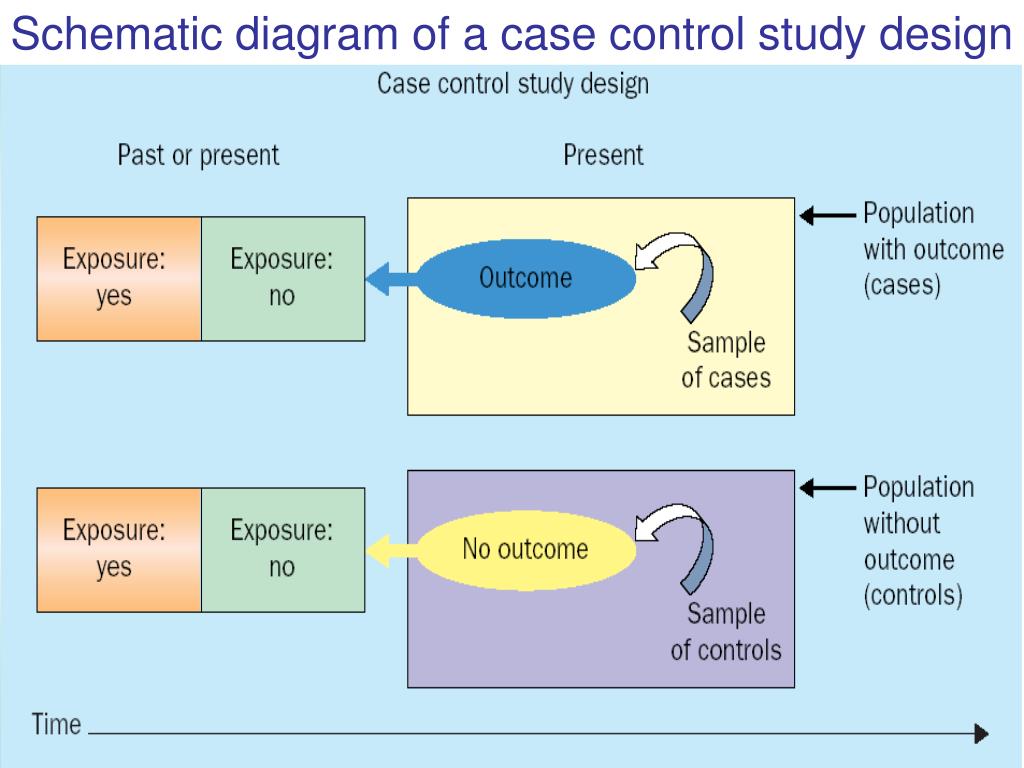

Retrospective cohort study (historical cohort non-concurrent prospective cohort) - An investigator accesses a historical roster of all exposed and nonexposed persons and then determines their current case/non-case status. Such a study may also be called a longitudinal or a concurrent study, as opposed to a retrospective cohort study. The investigator progresses through time with the subjects in a prospective cohort study. A subject can also be lost to follow-up over the course of the study. A member of the cohort reaches the endpoint either by dying, becoming a case, or reaching the end of the study period. Exposure was then measured who were followed over a period of time until reaching the study endpoint. These are all studies where case status was determined at the beginning of the cohort and cases eliminated from the study. Problems: loss to follow up differential nonresponse loss of funding support continually improving methods for detecting exposure (leading to greater misclassification than would be expected in current practice)Įxamples: Framingham Study Nurses Health Study National Health and Nutrition Examination Study Follow up Study.Exposure status is determined at the beginning of the study. The investigator then determines the present case status of individuals, selecting only non-cases to follow forward in time. When proposing a prospective cohort study, the investigator first identifies the characteristics of the group of people he/she wishes to study. In a prospective study, the investigator begins the study at the same time as the first determination of exposure status of the cohort. Prospective cohort (concurrent longitudinal study) - An investigator identifies the study population at the beginning of the study and accompanies the subjects through time.

In general, the descriptor, 'prospective' or 'retrospective', indicates when the cohort is identified relative to the initiation of the study. The simplest cohort design is prospective, i.e., following a group forward in time, but a cohort study can also be 'retrospective'. The data may be displayed as follows:Īs you have learned, measures of disease frequency and effect or association can be calculated from these data:Īmong Exposed: \(\dfrac)\) Disease status at \(t_1\) can be compared to exposure status at \(t_0\). Non-cases may be enrolled from a well-defined population, current exposure status (at \(t_0\)) determined, and the onset of disease observed in the subjects over time. We will also review sample size and power considerations as applied to epidemiologic studies.Ī cohort study is useful for estimating the risk of disease, the incidence rate, and/or relative risks. In this week's lesson, we will cover the design of a cohort study.


 0 kommentar(er)
0 kommentar(er)
